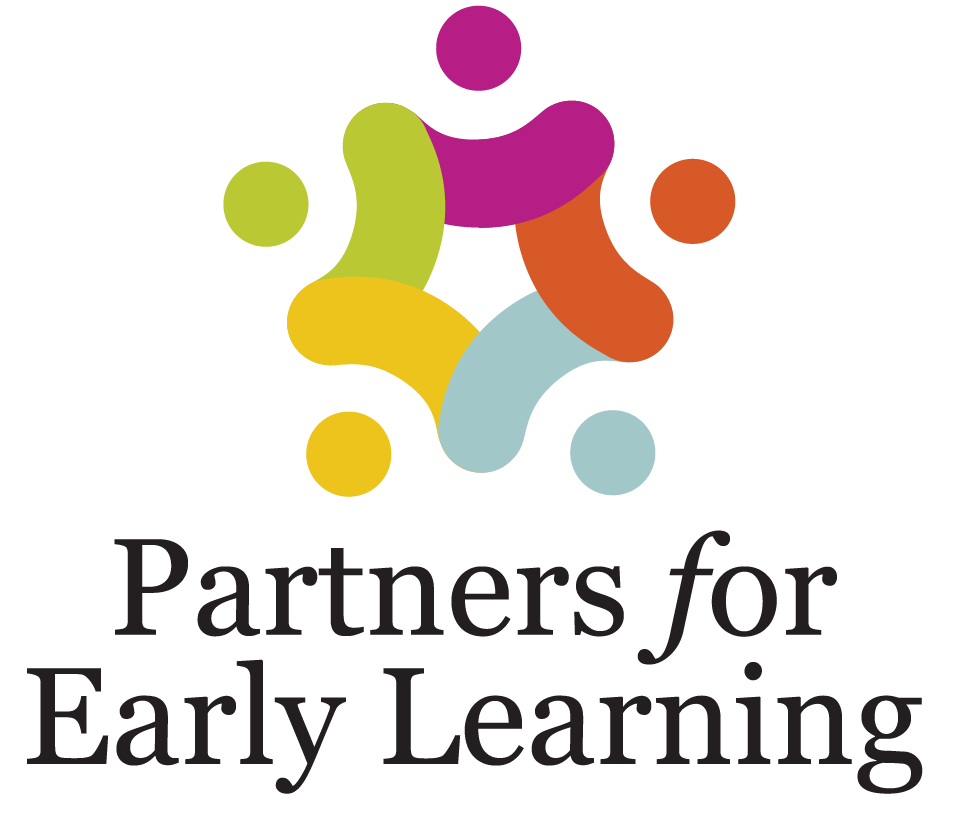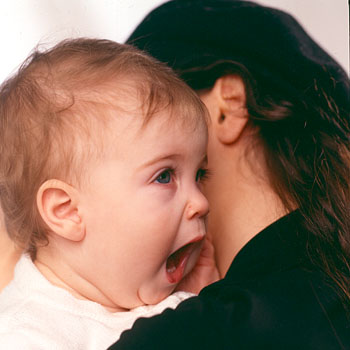Between 6 and 12 months, babies can literally “hear” the specific sounds of all languages spoken. When compared to adults, babies are better at hearing the differences between the sounds of non-native languages. But by 12 months, babies lose the ability to hear these differences. At the same time, babies improve at distinguishing between the sounds of the language or languages they hear regularly. Babies are developing a type of “sound map” in their brains to help them hear the differences between language sounds. This map creates a “perfect example” of each sound they hear, with a target area around this spot. With their sound map for “ee,” for example, babies learn to pick out the “ee” distinctly from the other sounds they hear. These perfect examples of speech sounds, called prototypes, have a large effect on how babies hear speech and how they babble. Prototypes help “tune” the child’s brain for the language around him so that he can hear the different sounds of speech clearly. Even when adults don’t speak clearly, babies compare the mumbled sounds in grown-ups’ speech to the prototypes in their brains and figure out what they’re saying. By the time they’re 6 months old, babies who hear the sounds of their culture’s language have developed a set of speech-sound prototypes they can use as building blocks when they begin to put together their own words, usually around 12 months.
References:
Kuhl, P. (1993). Developmental speech perception: Implications for models of language impairment. In Tallal, P., Galaburda, A., Llin
Werker, J. F., & Desjardins, R. N. (1995). Listening to speech in the first year of life: Experiential influences on phoneme perception. Current Directions in Psychological Science, 4, 76

